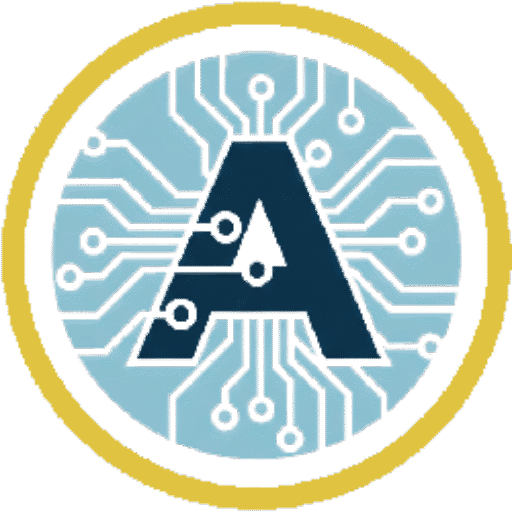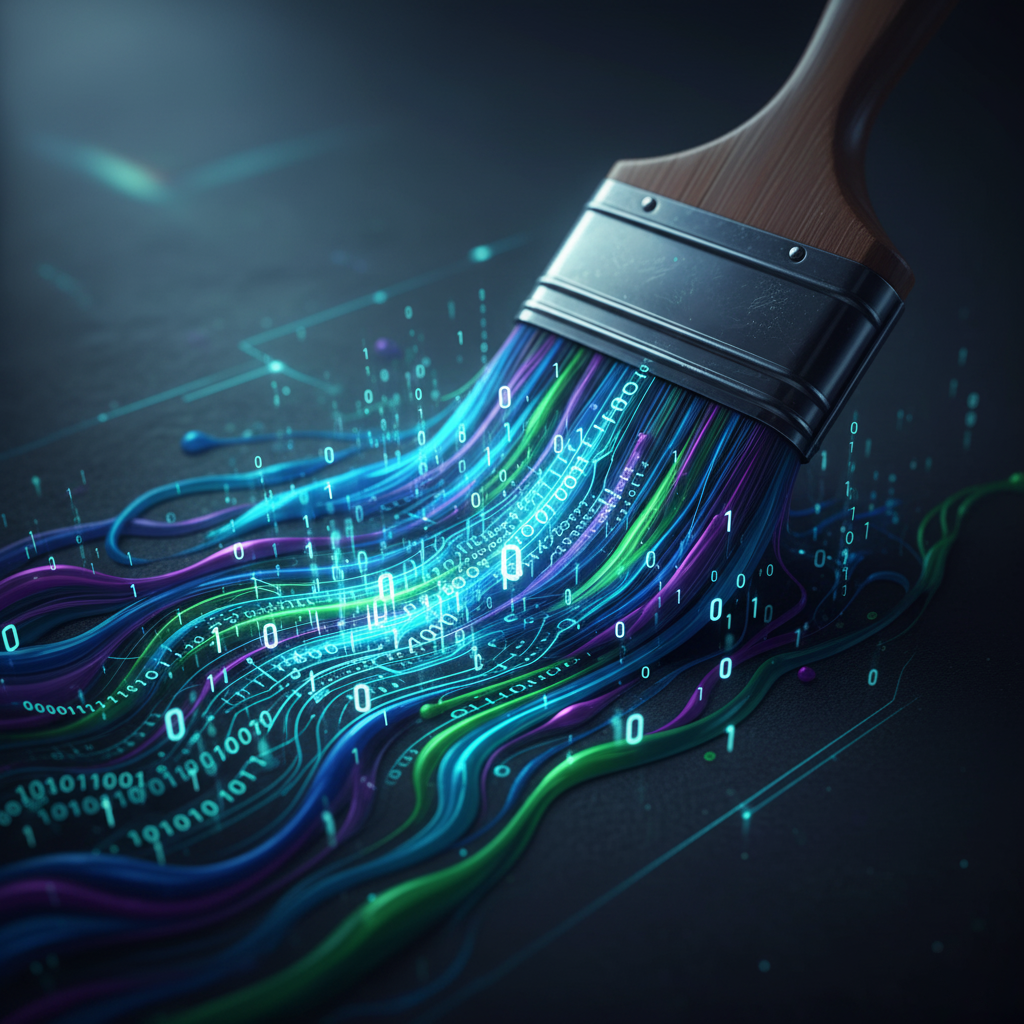The emergence of artificial intelligence is transforming nearly every aspect of professional life, and the creative sector is no exception. Far from being a futuristic concept, the synergy between AI and creativity is already deeply embedded in modern workflows, from graphic design and music production to copywriting and software development. The central question is no longer whether AI can create, but how it is redefining the nature of human creativity itself.
What is the relationship between AI and creativity?
The relationship between AI and creativity is primarily one of augmentation and co-creation, not replacement. Artificial intelligence systems, especially generative AI, do not possess human consciousness, subjective experience, or emotional intent, meaning they do not create in the traditional sense. Instead, AI functions as a powerful, intelligent tool that vastly expands human creative capacity by automating routine or labor-intensive tasks, offering new stylistic possibilities, and accelerating the ideation process. The most impactful relationship is a partnership where AI handles data-intensive generation while human creativity provides the conceptual direction, critical curation, and emotional context.
AI as an Augmentation Tool for Human Creativity
AI is rapidly evolving from a simple utility to a sophisticated creative partner, providing powerful new leverage for human creativity across industries. Generative AI models are capable of producing text, images, music, and code at scale, challenging and expanding what it means to be a professional creator.
Streamlining the Creative Process
One of the most immediate benefits of AI for creativity is the enhanced efficiency of the creative process. Designers can use AI to instantly generate hundreds of variations for a logo, marketers can draft compelling ad copy in minutes, and composers can prototype musical ideas without being slowed down by manual scoring. By automating repetitive or time-consuming technical tasks, AI augmentation frees up the human creator to focus on the high-level strategic, conceptual, and emotional components of their work. This leads to a faster time-to-market and allows for more thorough and iterative exploration of ideas.
Generating Novel Ideas
AI tools can serve as an unparalleled source of inspiration and ideation. They can process and analyze vast datasets of existing works and recombine elements in ways that a human mind might not instinctively conceive, leading to a truly divergent creative output. This partnership in ideation is a core tenet of the AI and creativity synergy. By presenting unexpected combinations, AI pushes the boundaries of human creativity, forcing artists, writers, and designers to consider new directions and develop truly novel concepts that blend algorithmic novelty with human intent.
Potential Limits and Challenges of AI in Creativity
Despite the power of augmentation, the rise of AI presents significant challenges to the creative landscape and the fundamental definition of creativity.
The Risk of Homogenization and ‘Algorithmic Art’
A key risk is the homogenization of creative output. Because current AI models are trained on existing data, there is an inherent tendency to favor statistical norms, leading to outputs that, while technically proficient, can lack genuine originality and stylistic variation. If too many creators rely on the same models and prompts, the market could become saturated with ‘algorithmic art’ that is aesthetically similar. This can stifle the truly groundbreaking works that challenge established conventions. The true test of human creativity becomes curating and directing the AI to produce outputs that actively break away from its training data.
Ethical and Ownership Concerns
The utilization of AI in the creative process introduces complex ethical and legal questions, particularly regarding intellectual property and copyright. When an AI generates a new piece of art, music, or literature based on millions of copyrighted works, determining ownership and fair compensation for the original human creators becomes difficult. This challenge with AI requires new legal frameworks to ensure that it does not unfairly exploit existing creative assets and that the rights of both human and co-created works are clearly defined.
The Future of AI and Human Creativity
The future of AI and creativity is not a battle for replacement but a call for redefined collaboration. Artificial intelligence will continue to augment human creativity by optimizing the creative process, but the human role remains irreplaceable. Only human creativity can provide the subjective meaning, emotional resonance, and cultural critique that gives art its enduring value. The most successful creators will be those who master prompt engineering, data curation, and the critical selection of AI-generated content, turning the algorithm into an extension of their own unique creative vision. The continuous evolution of human-AI co-creation will solidify a new era of artistic and professional possibility.

